Special Report
States Where Recently Reopened Bars and Dining Rooms Are Closing Again
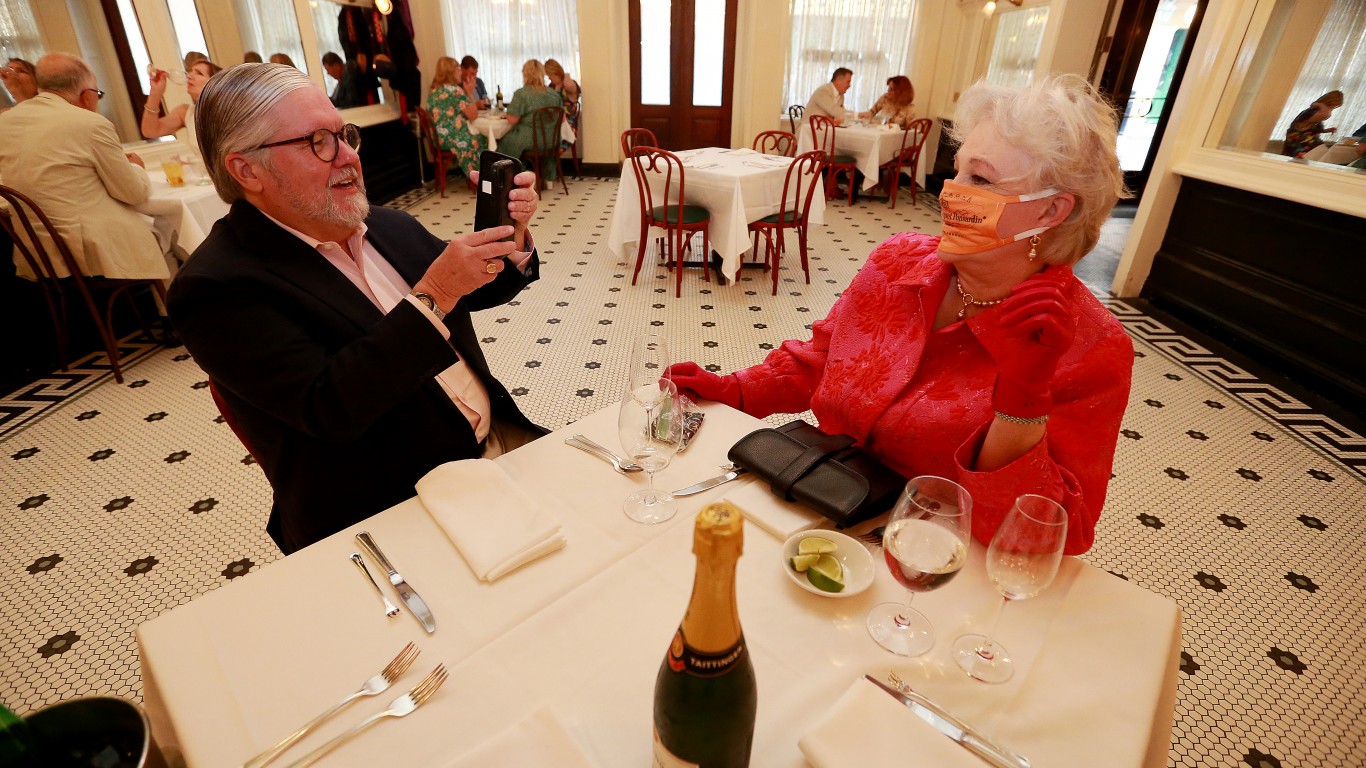
Published:
Last Updated:

Many states closed all but essential businesses beginning in mid-March due to the onset of the coronavirus pandemic. Some began reopening them as early as late April. These businesses included bars and restaurants, which in most cases were allowed to resume operations, especially for indoor service, only with social distancing, mask-wearing requirements, and capacity restrictions.
Almost everyone agrees now, however, that the reopenings went too far, too fast. The coronavirus pandemic, far from having abated, is raging more strongly than ever across the nation. More than 70,000 new cases a day were reported on both Thursday and Friday of last week, and numbers have risen in 42 states over the past 14 days, according to a report in the New York Times called “Coronavirus in the U.S.: Latest Map and Case Count.
Although they’re hardly the only venues in which infection is possible, bars and restaurants seem to be particularly problematic — especially bars. “Bars: really not good, really not good,” Dr. Anthony Fauci, director of the National Institute of Allergy and Infectious Diseases (NIAID) told a Senate Health, Education, Labor and Pensions Committee hearing on COVID-19 in late June. “Congregation at a bar, inside, is bad news.” (Reclosings aside, here’s how the coronavirus is changing bars.)
Responding to spikes in coronavirus cases, at least 14 states have had second thoughts, imposing new restrictions on places that serve food and drink or reviving those only recently rescinded.
Though a growing number of restaurants across the nation are voluntarily shutting down temporarily after employees test positive for the virus, no state or local government has yet closed eating places completely. Some, though, have reinstituted bans on indoor dining entirely or substantially scaled back permitted capacity limits, and a number have closed bars again — either all of them or those that don’t serve food.
Click here to see states where recently reopened bars and dining rooms are closing again.
Needless to say, being shut down for a second time will have a devastating impact on many of these establishments. Being unable to do business at previous levels (or at all) had already driven numerous restaurants out of business. (These are 50 popular restaurants that won’t reopen after the pandemic.)
The situation is ever-changing, though. While more states and local jurisdictions might roll back or delay reopenings in response to the pandemic, it’s also possible that declining infection rates in some places might make it possible for bars and restaurants to reopen at least partially yet again.

Arizona
The number of coronavirus cases in Arizona quadrupled between mid-May, when Governor Doug Ducey rescinded his stay-at-home order, and late June. As a result, some Arizona restaurants voluntarily closed their dining rooms again, and Ducey forced some Scottsdale bars and restaurants to shutter, labeling them “bad actors” for not adhering to safety guidelines. On June 30, the governor went further, mandating the temporary shuttering of all bars and nightclubs at least until the end of July.
[in-text-ad]
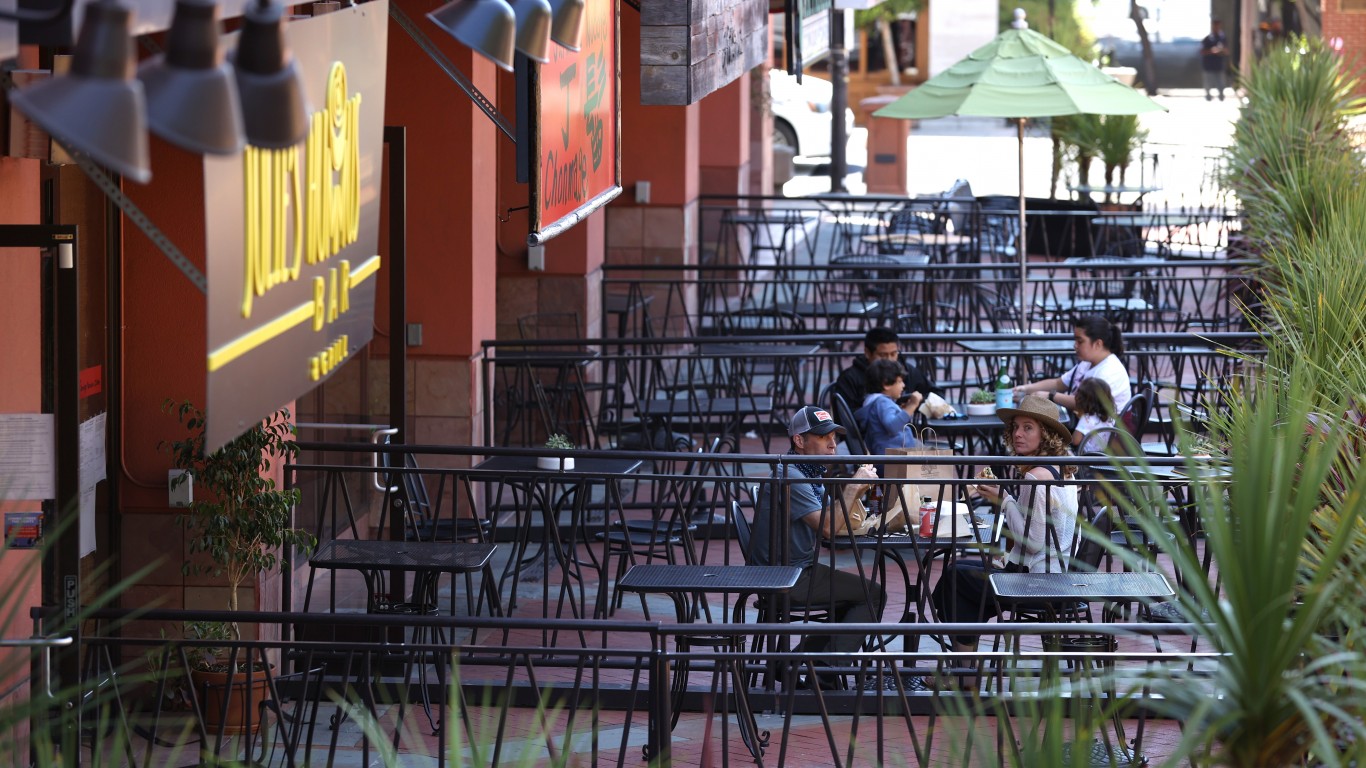
California
On July 13, following a spike in COVID-19 cases, California Governor Gavin Newsom reversed earlier actions and closed all bars and wineries, and banned all indoor restaurant dining.
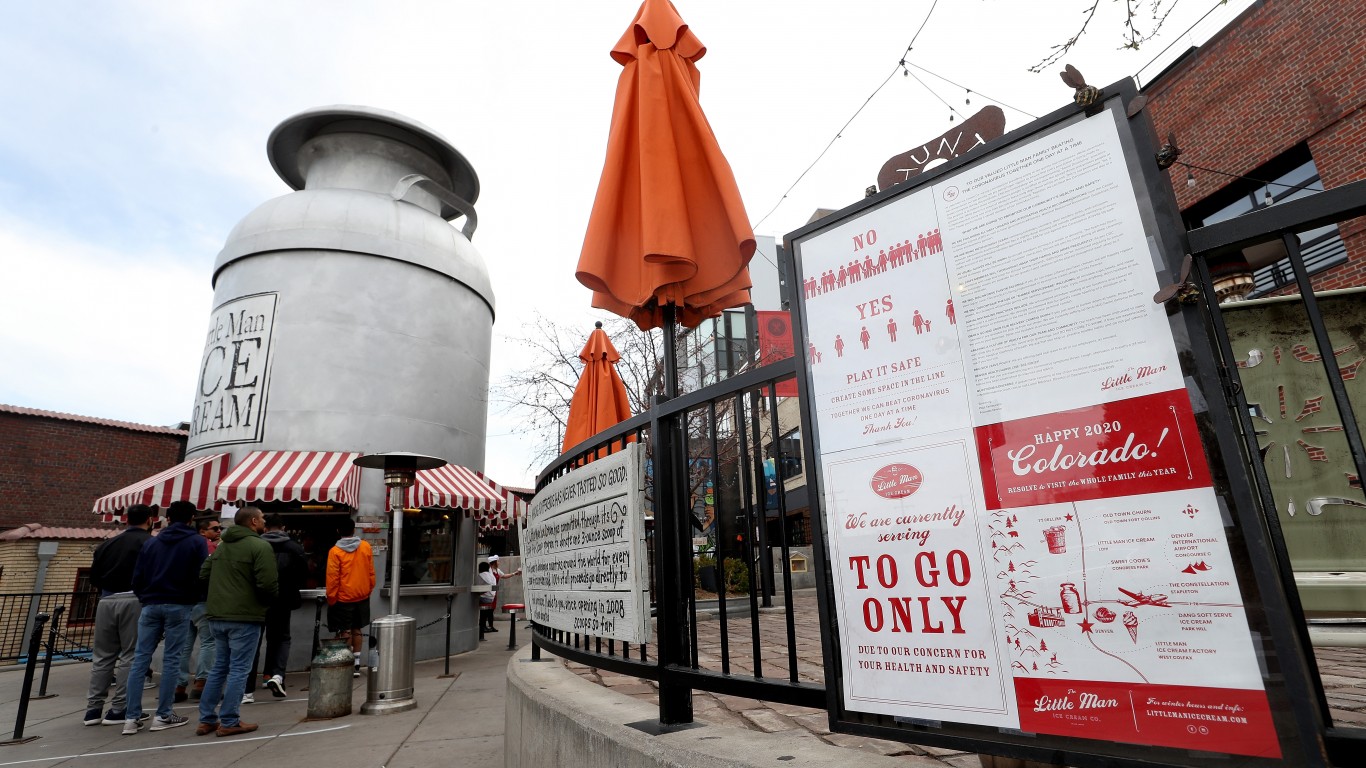
Colorado
In late May, Colorado reopened restaurants, along with bars that serve food, with capacity limitations. On June 19, all bars, even those with no food, were permitted to resume service. After an increase in COVID-19 cases, however, bars that don’t serve food were ordered closed again on June 19, at least until the end of July.
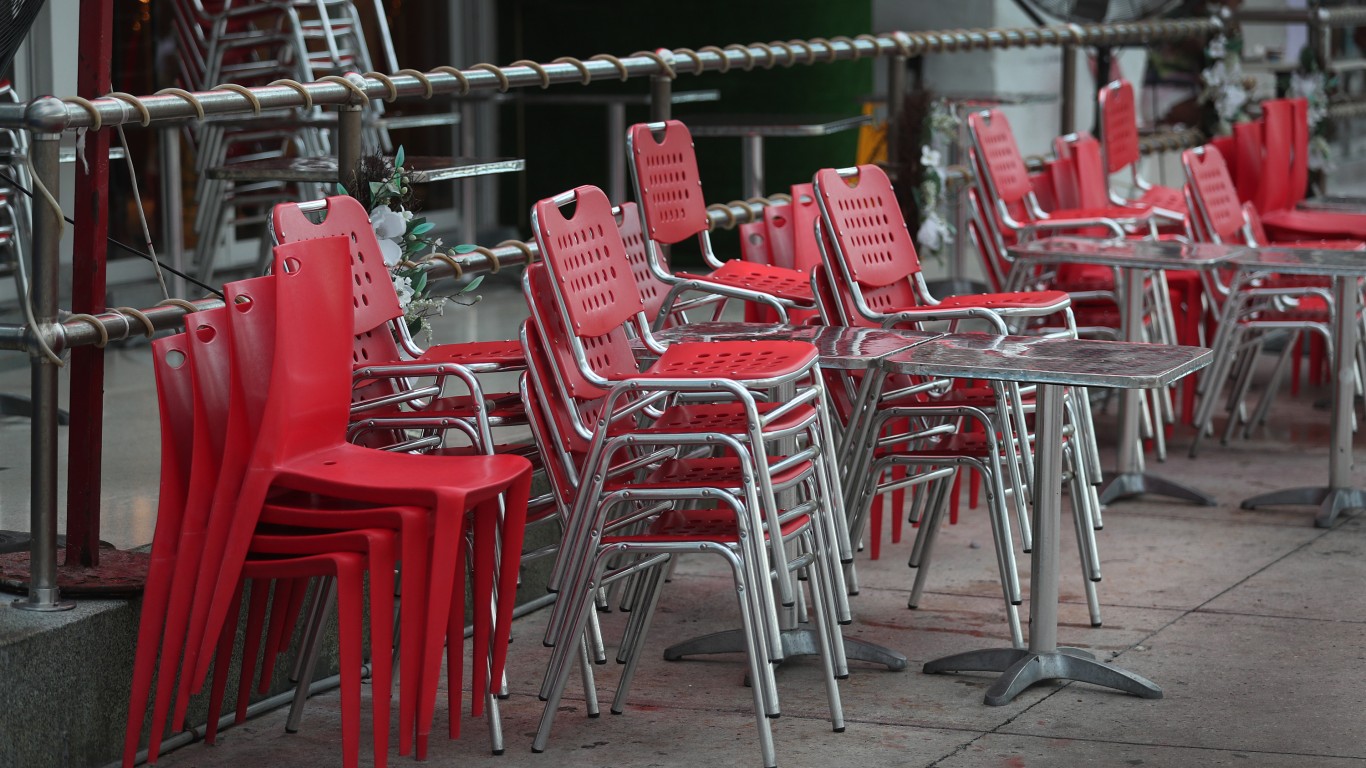
Florida
As of June 26, bars — which had previously been allowed to resume service — were closed again as the pandemic raged across the state. On July 8, Miami-Dade Mayor Carlos A. Gimenez closed all indoor restaurant dining areas. In the Fort Lauderdale area, Broward County Administrator Bertha Henry warned that she would close any county restaurant that flouted mask-wearing and/or social-distancing rules — for 24 hours for the first violation and 72 hours for each additional one.
[in-text-ad-2]

Idaho
All previously reopened bars and nightclubs in Ada County, home to Boise, the state’s capital and largest city, were ordered to close again on June 15. Bar sections of restaurants are off limits, too. The turnabout followed reports that some 69 cases of COVID-19 had been linked to customers who had patronized Boise bars.

Illinois
The state allowed indoor dining — with restrictions — to resume on June 26. Following a sizable increase in COVID-19 cases, however, Chicago Mayor Lori E. Lightfoot announced new rules for her city that may provide outdoor service. Establishments that do not serve food but serve alcohol can serve customers outdoors. In addition, maximum table size at restaurants and bars, even outdoors, has been set at six people. Illinois Governor J.B. Pritzker, for his part, warned on July 15 that he won’t hesitate to close restaurants and bars statewide again if the upward trend in cases continues.
[in-text-ad]

Louisiana
Governor John Bel Edwards signed an executive order, effective July 13, closing all bars until at least July 24 — even those that serve food. Daiquiri shops (serving cocktails from walk-up or drive-up windows) and bars offering curbside service are exempt from the order.
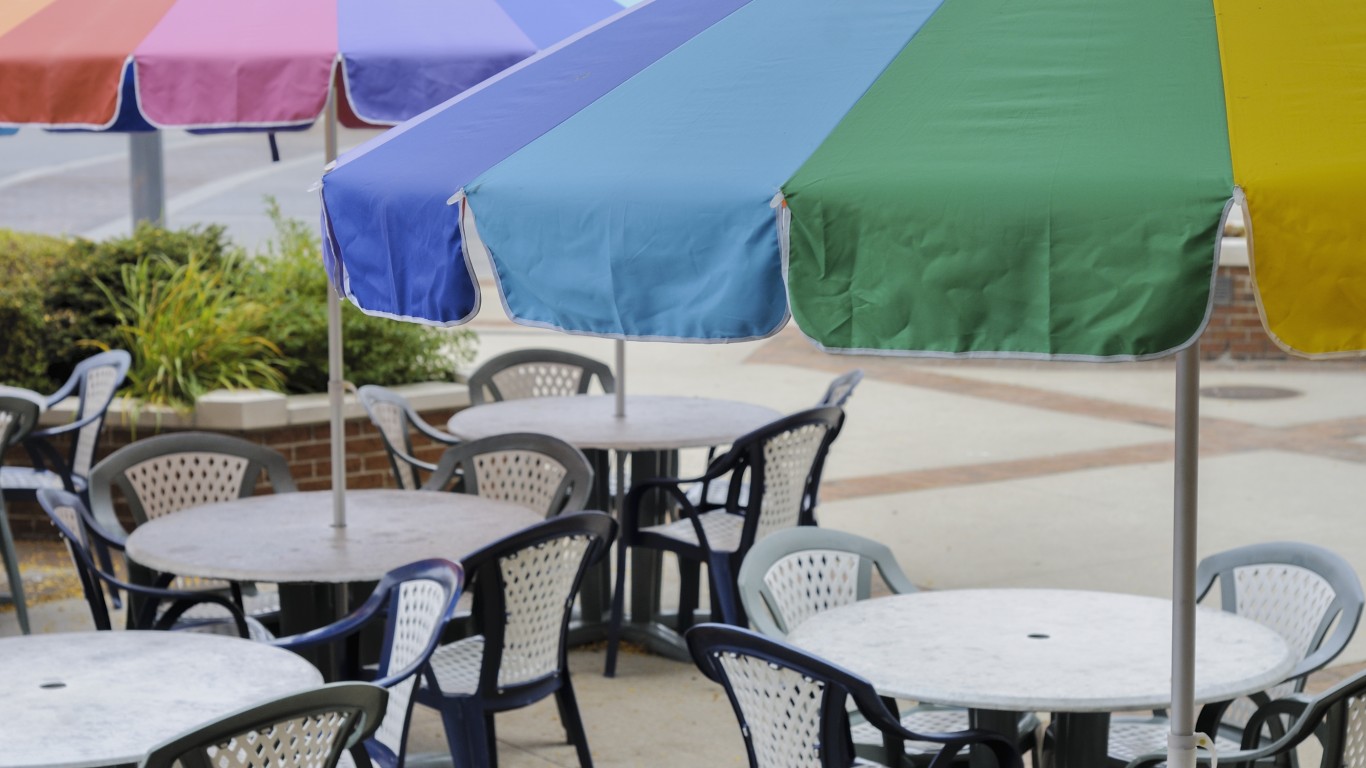
Michigan
Effective July 1, Governor Gretchen Whitmer closed all indoor bars and most nightclubs across most of lower Michigan. Whitmer was responding to spikes in coronavirus infections recorded in Grand Rapids, Lansing, and Kalamazoo and their vicinities. The prohibition doesn’t apply to the regions of Northwest Michigan and the Upper Peninsula, where numbers have remained low.

Nevada
With COVID-19 cases spiking in Clark and Washoe counties (homes to Las Vegas and Reno, respectively), Governor Steve Sisolak has rolled back reopening plans as of July 10. New protocols discourage — though don’t ban — indoor restaurant seating; limit groups of diners to six people; and close all bars that don’t serve food.e July 24: Bars and taverns will no longer be allowed to serve indoors.
[in-text-ad-2]
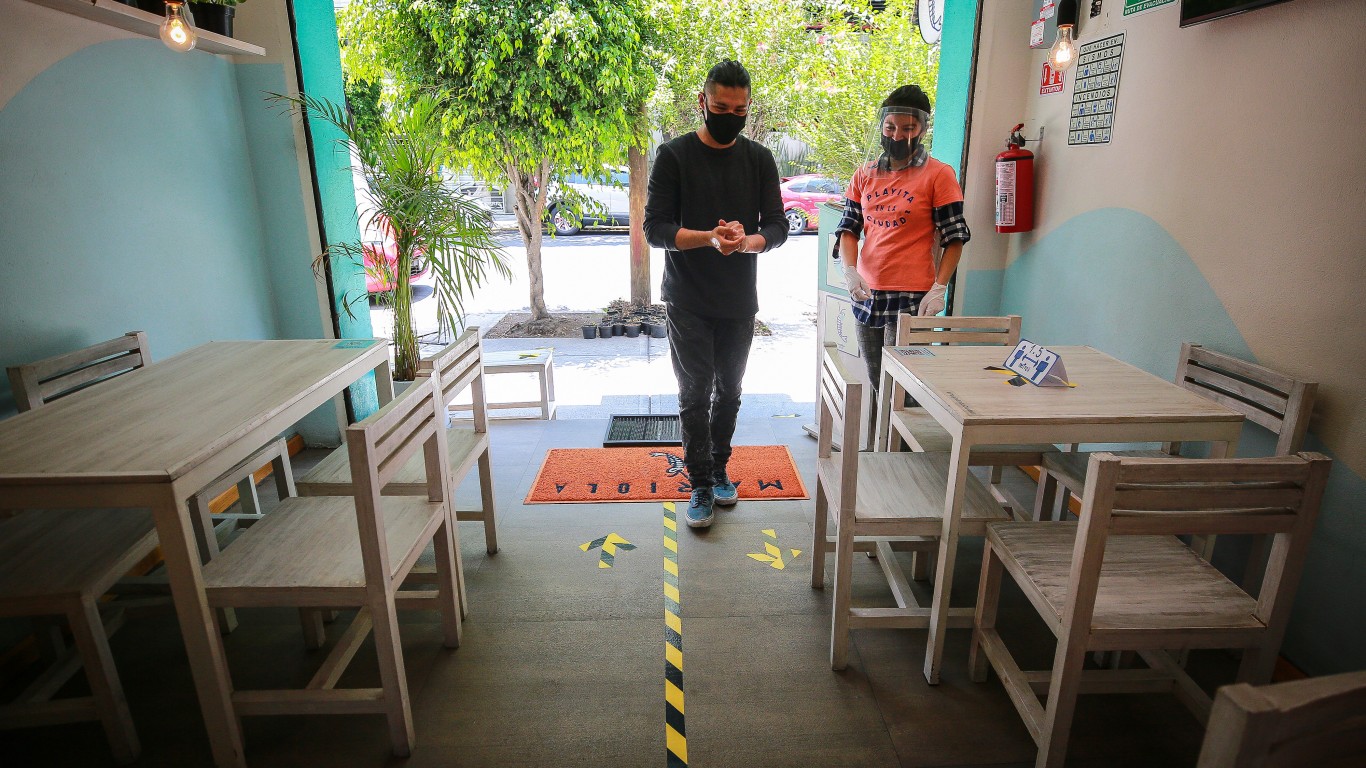
New Mexico
Effective June 30, restaurants in New Mexico were permitted to open their indoor dining rooms at 50% capacity. Citing data showing that infection rates in New Mexico are “no longer improving,” however, Governor Michelle Lujan Grisham issued an order on July 13 shutting down indoor restaurant dining again. The New Mexico Restaurant Association promptly filed suit, calling the order “arbitrary and capricious,” and Judge Raymond L. Romero issued a restraining order preventing the state from enforcing the indoor ban. Hours after Romero’s ruling, the state Supreme Court in turn blocked the restraining order. The dispute is ongoing, but as of now, New Mexico restaurants can’t serve inside.
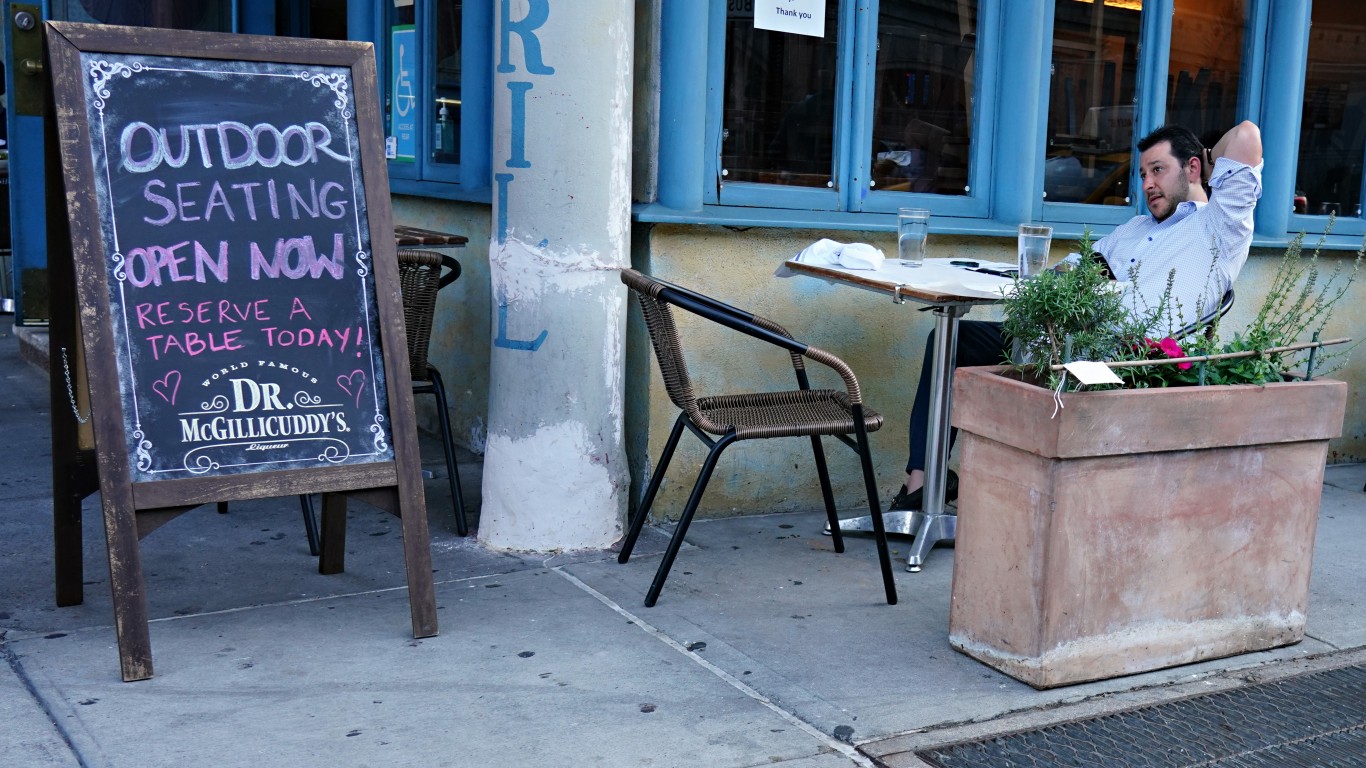
New York
New York Governor Andrew M. Cuomo announced new rules for restaurants and bars in the state on July 16. The regulations mandate that alcohol may be served only to patrons who order food (snacks like peanuts or potato chips don’t count), and that service at bars “must only be for seated patrons who are socially distanced by six feet or separated by physical barriers,” according to the official government statement. Reportedly particularly alarmed by social media posts showing large groups disregarding social distancing in Manhattan, Brooklyn, and Queens, Cuomo also announced a “Three Strikes and You’re Closed” initiative, under which any establishment cited for three violations of mask-wearing or social-distancing protocols will be closed for business. As of July 21, the state had suspended 27 liquor licenses for COVID-19-related infractions.
[in-text-ad]
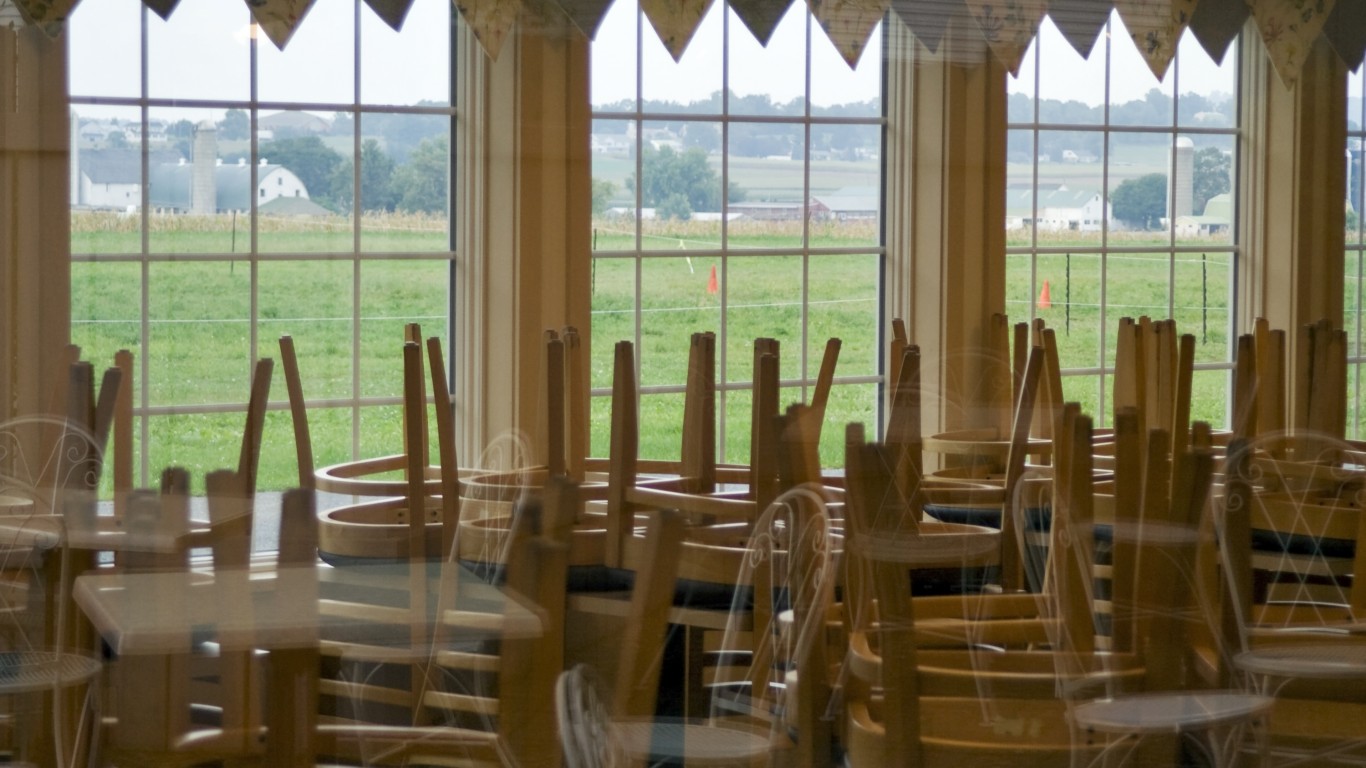
Pennsylvania
Responding to a rise in coronavirus cases in the state, Pennsylvania Governor Tom Wolf imposed new restrictions on recently reopened bars and restaurants, effective July 16. These establishments had been allowed to fill up to 50% of their seating capacity; that number has been rolled back to 25%. In addition, bar service is banned and alcohol can be served only with meals. The order also closes all nightclubs.
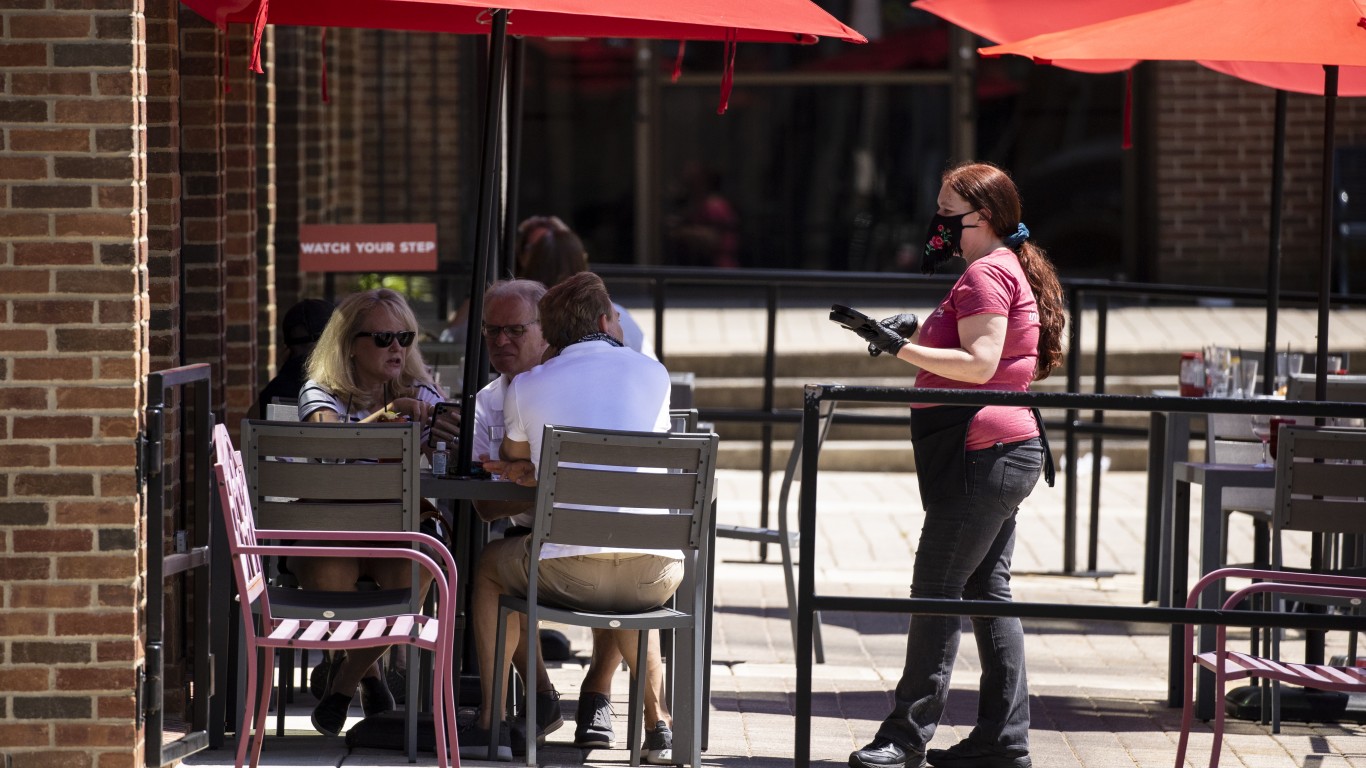
Tennessee
In Shelby County, whose main city is Memphis, bars have been closed again, and restaurants can’t serve past 10 p.m. The county health department says it will consider new restaurant capacity restrictions if coronavirus numbers continue to rise. Nashville cut restaurant occupancy limits, which had been at 75%, back to 50%, and bars are now closed at least until the end of July. On July 21, Nashville Mayor John Cooper also imposed a 10 p.m. closing time on restaurants.

Texas
Texas was one of the first states to roll back its regulations governing bars and restaurants. Lone Star bars had been reopened with a 25% capacity limit on May 22 and were allowed to increase to 50% capacity, with all customers seated, on June 3. Restaurants were given the go-ahead to operate at 75% capacity, with social-distancing requirements observed, on June 12. In late June, however, Governor Greg Abbott closed bars again and reduced allowable dining room capacity to 50%. The Texas Tribune quoted Abbott as saying, “The actions in this executive order are essential to our mission to swiftly contain this virus and protect public health.”
Want retirement to come a few years earlier than you’d planned? Or are you ready to retire now, but want an extra set of eyes on your finances?
Now you can speak with up to 3 financial experts in your area for FREE. By simply clicking here you can begin to match with financial professionals who can help you build your plan to retire early. And the best part? The first conversation with them is free.
Click here to match with up to 3 financial pros who would be excited to help you make financial decisions.
Thank you for reading! Have some feedback for us?
Contact the 24/7 Wall St. editorial team.